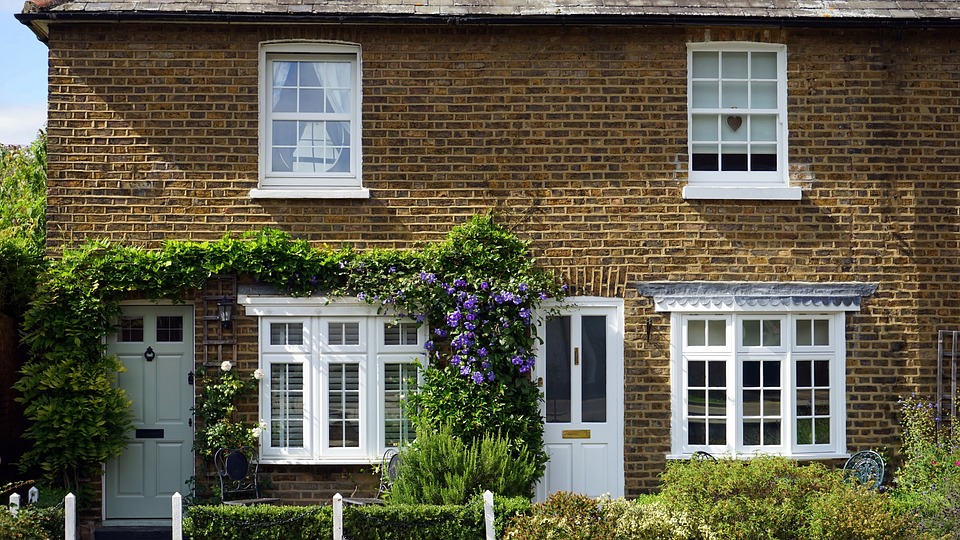Tomorrow marks the 10-year anniversary of the Bank of England cutting interest rates to 0.5%.
And during that time, savers have collectively missed out on at least £188bn – the equivalent of £7,101 per household, according to investment platform Hargreaves Lansdown.
Sarah Coles, personal finance analyst at the firm, said: “We’ve lived through a miserable decade for savers. The Bank of England slashed rates from 4.5% to 0.5% between November 2008 and March 2009, and followed this up by offering enormous quantities of cheap money to the banks. As a result, banks lost interest in competing for savings, and savings rates collapsed.
“Over this lost decade for savers, when you compare rates before the cuts to the rates we saw throughout, we’ve missed out on at least £188bn.”
Making matters worse, money in non-interest bearing accounts has shot up from £47bn in September 2008 to £165.9bn today.
But luckily there are simple steps that savers can take to make sure they get a better rate of interest from their savings.
“While interest rates remain historically low, newer banks and building societies are competing for your cash. It means that by switching you could get a much better deal,” explained Coles.
“You can switch easy access funds earning just 0.25% and make 1.5% – six times the interest. The advent of online savings marketplaces also makes switching far easier, as you can move between accounts with different banks in just a few clicks,” she added.
Coles notes that savers can get more than six times their current interest rate in three easy steps:
1) Split your savings
The first step is to split your savings into different pots. Three to six months’ worth of expenses should be put aside in a competitive easy access account to use as an emergency savings safety net, with the rest freed up to work harder.
2) Fix
It is then a case of dividing out the money that isn’t required immediately into different pots, depending on when you’re likely to need the cash.
Each of the pots should then be fixed for various periods – between six months and five years – depending on what suits you best. If the money is not required for five to 10 years or more, Coles suggests considering stock market investments, which should offer superior growth over the long term as well as the prospect of outpacing inflation.
3) Shift
Coles acknowledges that this final step is the most challenging, which helps to explain why half of all savers haven’t shifted their money over the past five years.
The Financial Conduct Authority, the regulator, found that savings accounts that had been held for five years or longer paid an average of 0.82% lower rate than those opened in the previous two years. With this in mind, Coles says it is worth considering an online savings marketplace, which will make it easier to spot better interest rates available.
The outlook for interest rates
One of the biggest challenges that savers have faced has been the expectation that interest rates would return to more normal levels sooner. For example, at the end of 2009, markets expected interest rates to be back to 4% by the end of 2012.
However since the European Union referendum, expectations for interest rate hikes have been much less upbeat
Looking ahead, markets are forecasting that interest rates will be a little over 1% in three years’ time, with a 51.7% chance of an interest rate rise this year.
Source: Your Money



